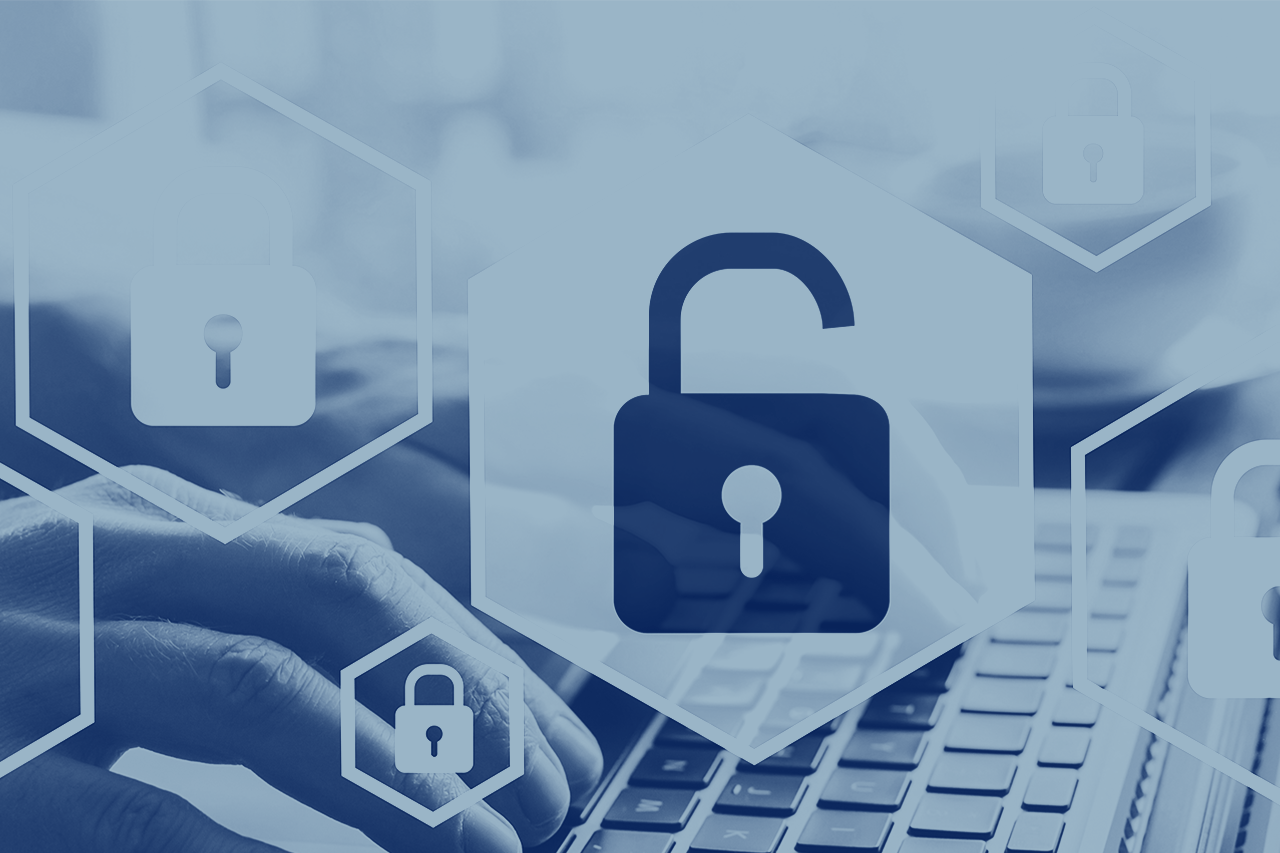
Data Exfiltration: Threats, Challenges and Prevention
Data exfiltration is the unauthorized movement of data, also known as data theft, data extrusion, data exportation and data leakage. As a constant organizational security concern, it’s important to understand data exfiltration types, methods and prevention strategies to ensure your critical data is secured and protected.
With sophisticated technology to access server files and steal critical information, cyber hackers are more aggressive and increasing overall organizational risk as a result. Data exfiltration programs and preventive measures are critical in stopping data leaks and protecting both employee and customer/client privacy.
What Is Data Exfiltration?
Data exfiltration is defined as the unauthorized copy or movement of data from an individual device or a network server. Organizations with high-value data such as personal contact information and payment details are particularly at risk of data exfiltration. These attacks may come from either outside threat actors or trusted authorized insiders, leading to serious privacy concerns and disastrous financial implications for organizations.
Data Exfiltration Methods
Data exfiltration involves unapproved data copying, transfer or access via a server or computer. Databases are the most vulnerable to data exfiltration because the data contained within them can be the most valuable of all IT assets. While databases are commonly targeted by both internal and external attackers, hackers can also retrieve valuable data through network breaches, server traffic, database leaks, unprotected file servers and shares, corporate email, mobile devices, and cloud apps.
The most common techniques for stealing data during data exfiltration include:
- Human error and non-secured behavior in the cloud - unintentional and intentional actions that could lead to security breaches.
- Social engineering/phishing attacks, - attackers use malicious emails or websites to pose as trusted contacts and gather personal details.
- Downloads to insecure devices – users inadvertently download malicious files and software when network security is unstable.
- Uploads to external devices - cyber attackers can rapidly upload duplicate data to an external device before you realize it's gone, giving them access to the information forever.
- Outbound emails - databases, calendars and email may be accessed through outgoing email and replicated without consent.
Data Exfiltration Threats and Challenges
Data exfiltration is often caused by insider threats with privileged, or in some cases, limited access, which may be malicious or accidental. Insider access makes incidents more challenging to properly identify malicious threats and respond to incidents, although high-level monitoring does help. Malicious insider threats are authorized individuals who intend to harm an organization by intentionally stealing data from a database or file server. Disgruntled employees or those looking to profit from selling data may take advantage of their network access, which puts the entire organization at risk.
However, many insider incidents occur by accident. Investigating these data exfiltration incidents takes time and resources, but it’s necessary because databases and servers are at higher risk when organizations let their guard down. It's important to be proactive about preventing data leaks, because the costs of consistent, dependable data activity monitoring are less than the potential losses from a major data breach.
Data Exfiltration Prevention
Preventing data exfiltration requires dedicated user and data activity monitoring to ensure unauthorized activity is addressed in real time. Use this checklist as an initial guide to prevent data exfiltration and protect your organization from damaging data leaks.
- Monitor legitimate business tools and encrypted traffic
- Know who has authorized access to data and monitor their activity
- Educate employees on risk areas to increase awareness of data exfiltration
- Block unauthorized communication channels to prevent phishing attacks
- Systematically revoke data access from former employees
- Identify and redact sensitive data
- Establish clear bring-your-own-device (BYOD) policies
- Identify malicious and unusual network traffic
- Implement data encryption and backup processes
- Automate your data exfiltration prevention and response plan
Data Exfiltration Best Practices
Organizations with valuable sensitive data are at most risk of data theft, and unfortunately, these threats can originate from both outside hackers and authorized insiders. Keep these best practices in mind when developing and implementing a data theft prevention strategy:
- Ensure high-value databases receive high-priority protection. Consider how best to monitor activity across file servers, corporate email, cloud apps and other channels to detect data exfiltration attempts.
- Educate employees on common data exfiltration risks, such as insecure device downloads, phishing attacks, outbound email and unsecured cloud activity.
- Use data activity monitoring to observe business applications, encrypted traffic and access authorization to identify unauthorized activity and mitigate threats as soon as possible.
- Take a proactive approach to data exfiltration and have adaptive strategies in place for both outside attackers and authorized insiders.
With solid data exfiltration prevention programs and controls that block or restrict access to critical data channels, you can successfully fortify your organization’s security posture to protect against costly data theft.
Although reasonable efforts will be made to ensure the completeness and accuracy of the information contained in our blog posts, no liability can be accepted by IANS or our Faculty members for the results of any actions taken by individuals or firms in connection with such information, opinions, or advice.